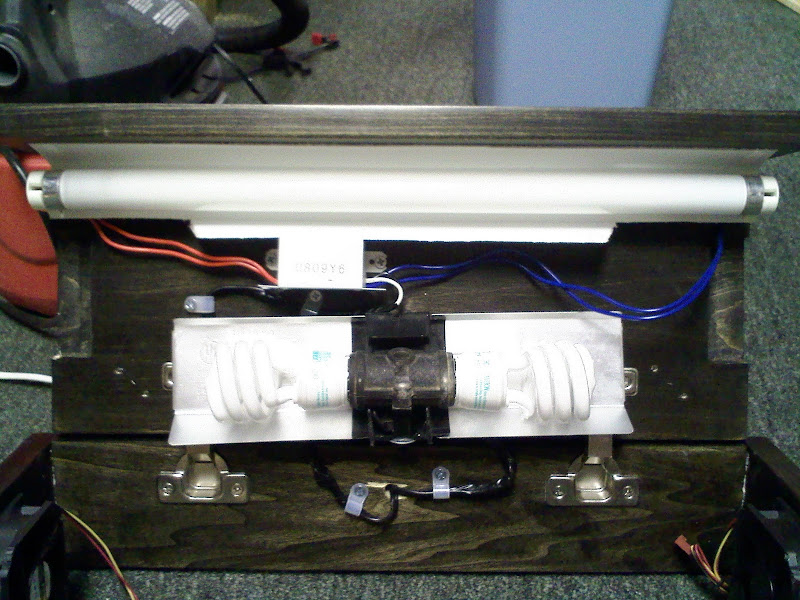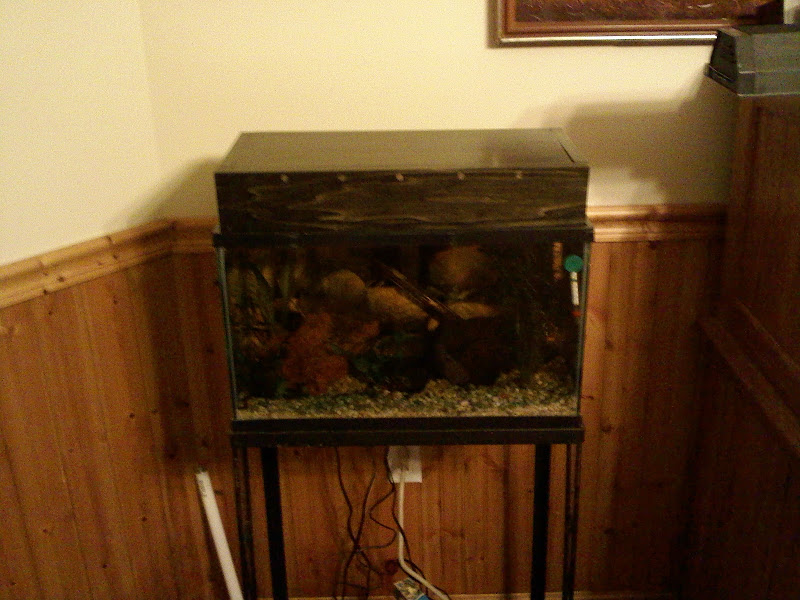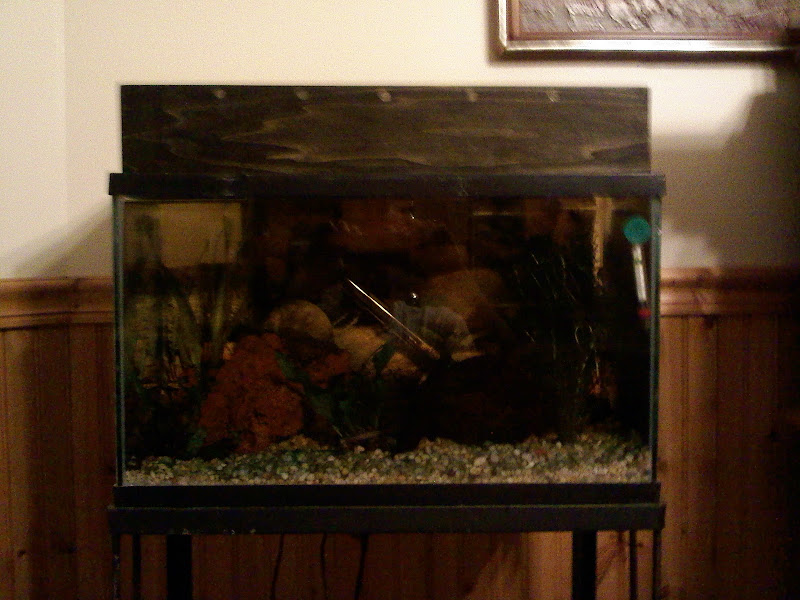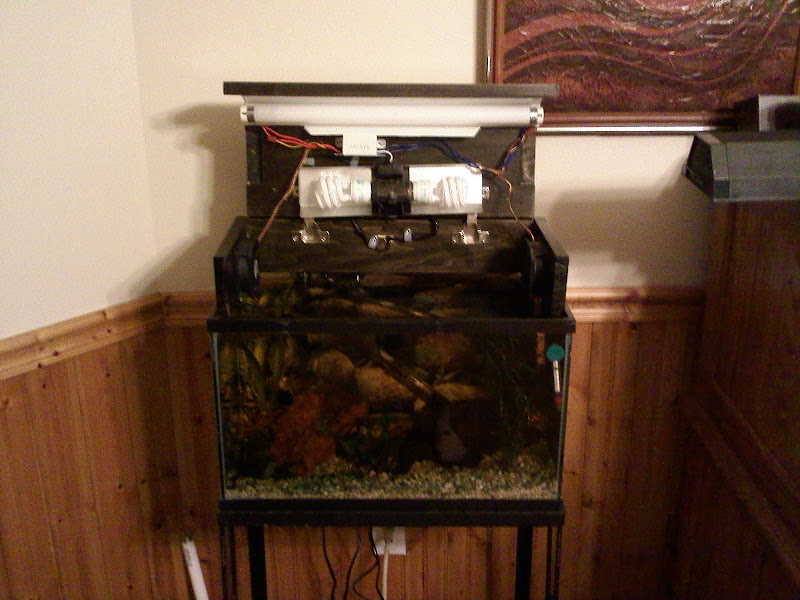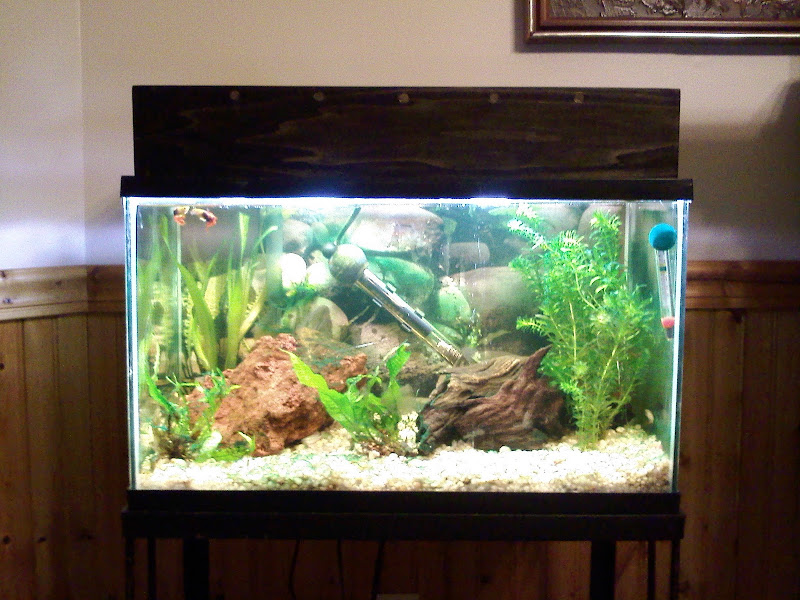Well, it's about time I made a build thread. It's not done, but it will be in the next couple days. Here is that I have done so far. I used poplar wood from lowes, with "Ebony" stain and "Semi-Gloss" polyurathane. It fits together very well I think. It's not perfect, but it's better than most things I make.
Here are some pics so far.
Closed, with my feet holding the sides (they bow out a TINY bit, but the rim of the tank will hold it in place. It's build to sit down in the rim of the tank obviously.
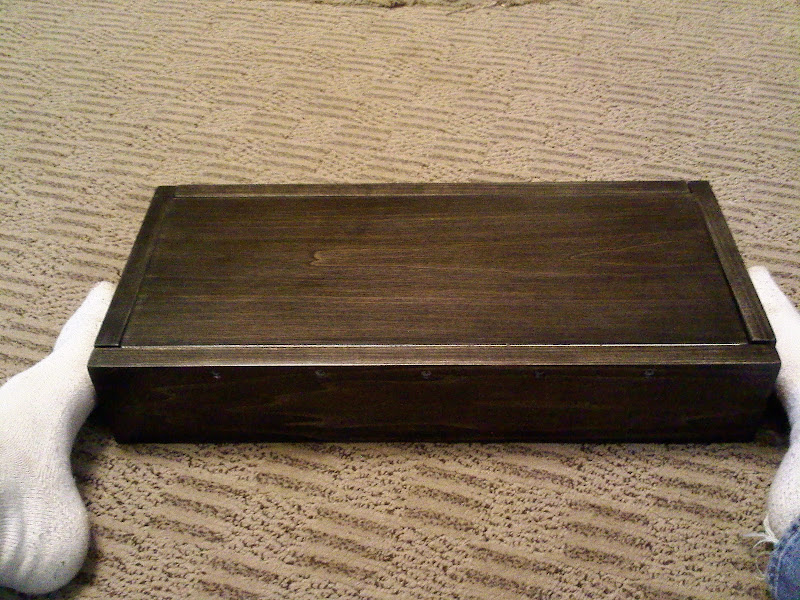
Open, I used cabinet hinges. Notice the fans.
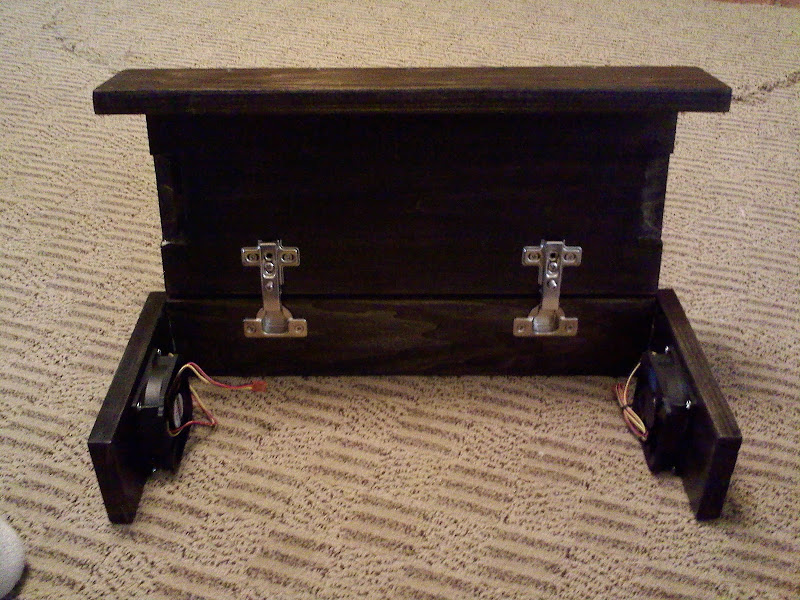
Holes in side for fans. This was a pain to do without a drill press...
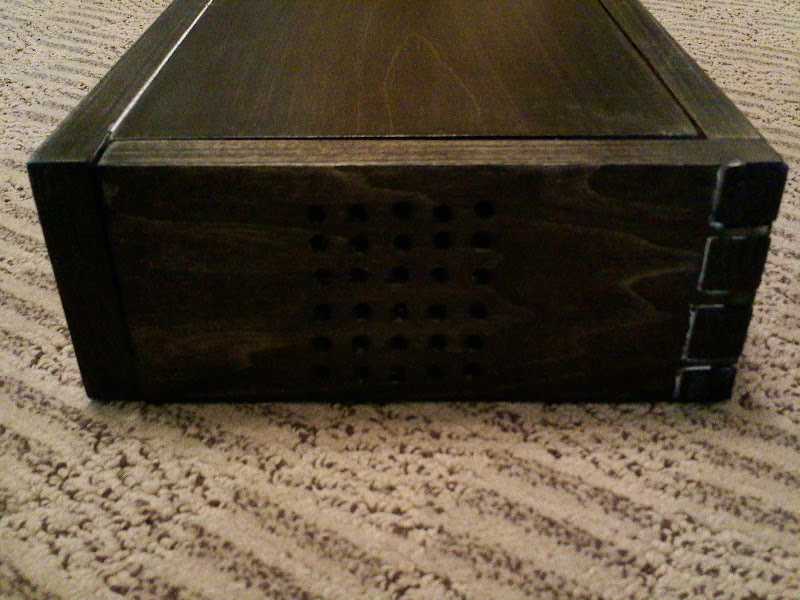
Notches for the fans. They were a bit tall. This would have been easy with a router, if I had one. I dremeled the thing out, so it's less than perfect.
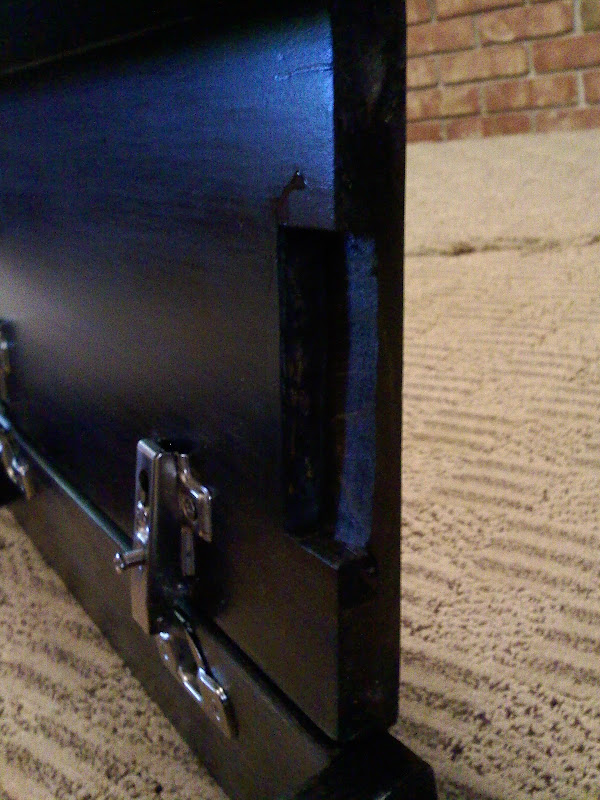
This was my first attempt at making dovetail joints (Ever). I did them by hand, and I think they turned out alright. They sure as heck hold the wood in there, although I should have made them the other way, so the wood couldn't be pulled forward. Oh well, they look cool. I HATE butt joints, I always manage to screw them up.
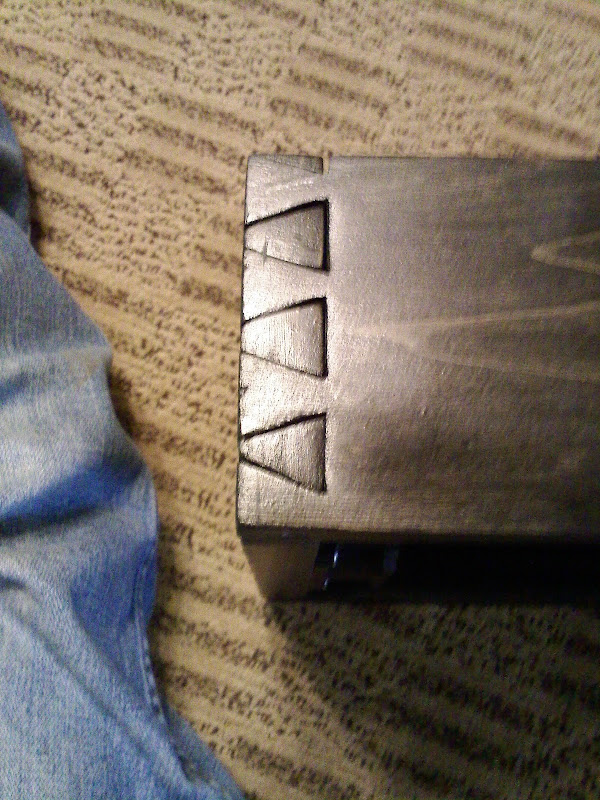
The thing still needs to be sanded once, and some other little things need to be done. You can't see it on the tank cause the filter is in the way (one of the things that needs to get done) Also, the electronics are being built right now, so they'll be in in a couple days. I'll keep ya updated.
Also, the electronics are being built right now, so they'll be in in a couple days. I'll keep ya updated.
Here are some pics so far.
Closed, with my feet holding the sides (they bow out a TINY bit, but the rim of the tank will hold it in place. It's build to sit down in the rim of the tank obviously.

Open, I used cabinet hinges. Notice the fans.

Holes in side for fans. This was a pain to do without a drill press...

Notches for the fans. They were a bit tall. This would have been easy with a router, if I had one. I dremeled the thing out, so it's less than perfect.

This was my first attempt at making dovetail joints (Ever). I did them by hand, and I think they turned out alright. They sure as heck hold the wood in there, although I should have made them the other way, so the wood couldn't be pulled forward. Oh well, they look cool. I HATE butt joints, I always manage to screw them up.

The thing still needs to be sanded once, and some other little things need to be done. You can't see it on the tank cause the filter is in the way (one of the things that needs to get done)


